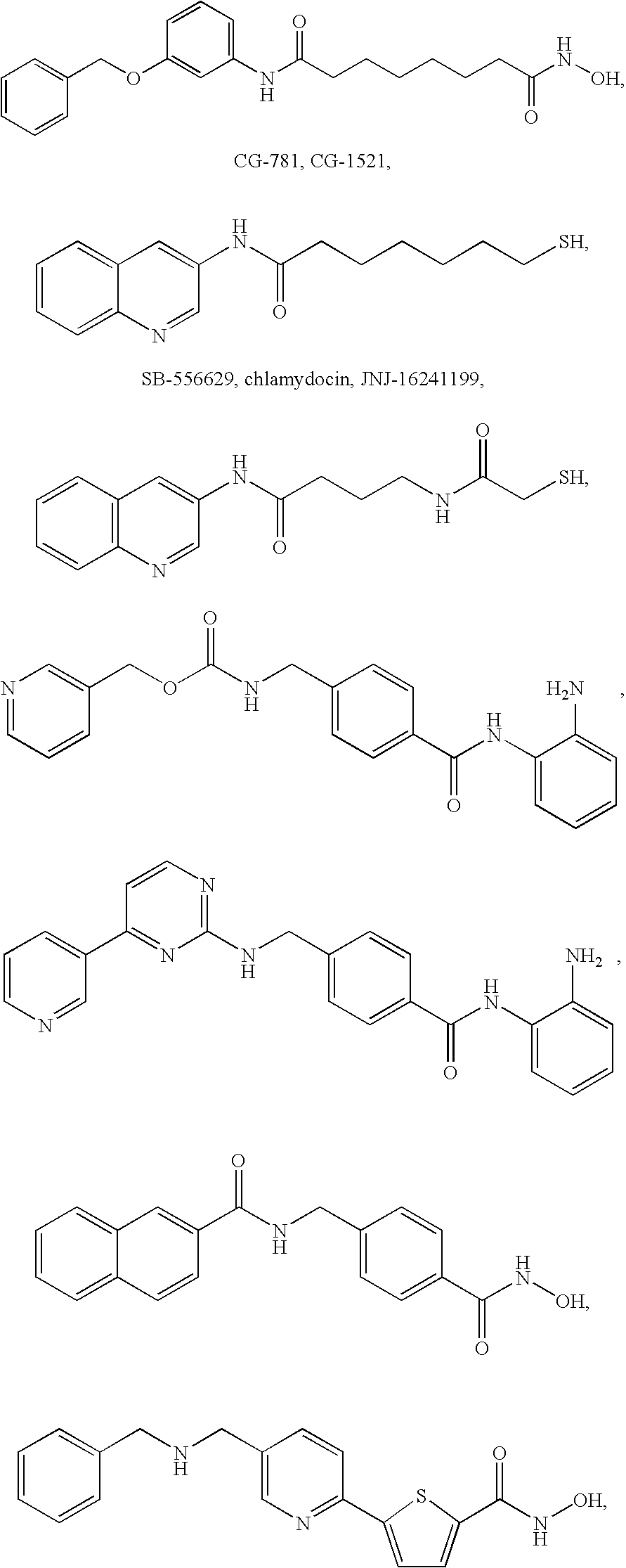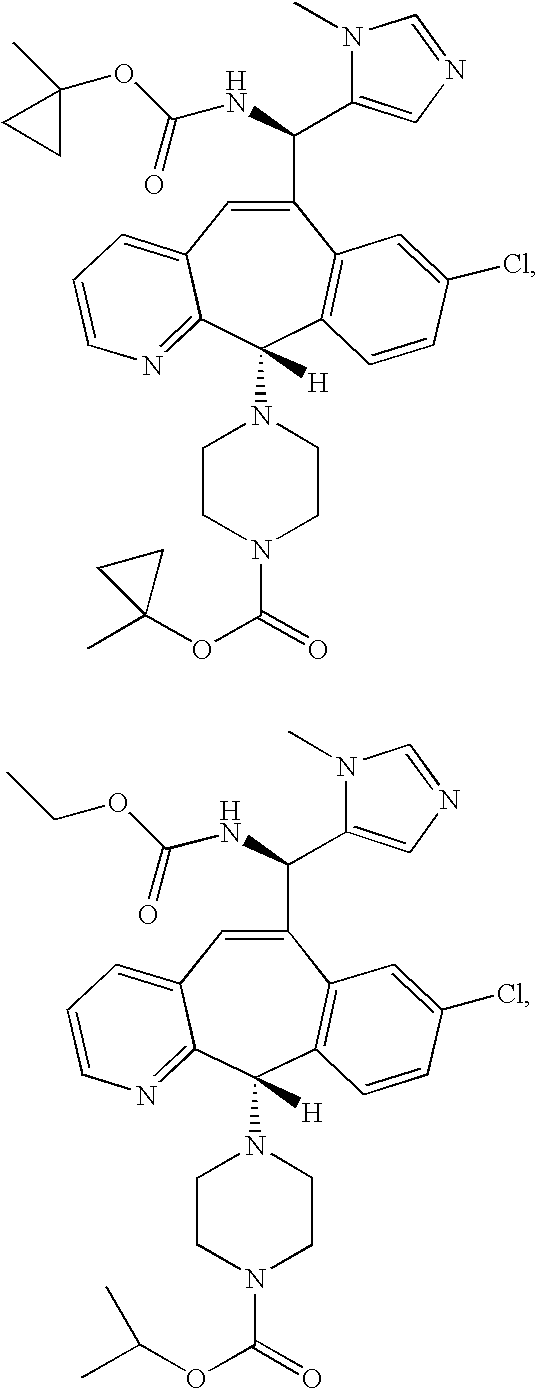Igfbp2 biomarker
a biomarker and igfbp technology, applied in the field of igfbp2 biomarkers, can solve the problems of time-consuming process and difficult to assess the proper dosage of igf1r inhibitor therapy for subjects receiving igf1r inhibitor therapy, and achieve the effect of simple and convenien
- Summary
- Abstract
- Description
- Claims
- Application Information
AI Technical Summary
Benefits of technology
Problems solved by technology
Method used
Image
Examples
example 1
Treatment of Anti-IGF1R Mab 19D12 Decreased IGFBP2 Level in Xenograft Tumors
[0219] This example demonstrated that anti-IGF1R (comprising mature polypeptide Ig chains of the amino acid sequence of SEQ ID NOs: 8 and 10) decreased the level of IGFBP2 per microgram of total tumor protein in neuroblastoma tumor models.
[0220] Athymic nude mice were inoculated with SK-N-MC or SK-N-AS (human neuroblastoma) tumor cells in the right flank, subcutaneously, along with Matrigel (1:1 cells:gel). In these experiments, 5×106 cells / mouse in a 1:1 mix with regular matrigel were inoculated subcutaneously. Tumor size was measured with calipers and the data was entered into the labcat program. Mice were grouped with an average tumor size of 100 mm3. Mice were dosed twice per week, intraperitoneally (i.p.) with antibody 19D12. Tumor size and mouse body weight was measured twice weekly after treatment.
[0221] Tumors were dissected out at the end of the studies, snap frozen, and stored at −80° C. until a...
example 2
Treatment of Anti-IGF1R Mab 19D12 Decreased Serum IGFBP2 Level in Monkeys
[0224] This example demonstrates that IGFBP2 levels drop in monkeys receiving an anti-IGF1R antibody.
[0225] Dosing. Monkeys in group C1 were dosed with vehicle control (placebo) once weekly for 13 weeks starting at Day 0. Monkeys in group T1 were dosed with anti-IGF1R Mab 19D12 (comprising mature polypeptide Ig chains of the amino acid sequence of SEQ ID NOs: 8 and 10) once weekly at 10 mg / mg for 13 weeks starting at Day 0.
[0226] Blood samples were collected via the femoral artery / vein at indicated time points into a serum separator tube and centrifuged to obtain the serum. Serum samples were stored at −80° C. until analysis.
[0227] Measurement of IGFBP2. The R&D Duoset Human IGFBP2 ELISA Development System was chosen and the following protocol was used: Plates were coated with 100 ul of 2 ug / ml anti-Hu IGFBP2 overnight at 4° C. After each step, plates were rinsed 4×250 ul of wash buffer. 100 ul of block buf...
example 3
Treatment of Anti-IGF1R Mab 19D12 Decreases Serum IGFBP2 Level in Health Human Subjects
[0229] This example demonstrates that IGFBP2 levels decrease in response to IGF1R inhibition with an anti-IGF1R antibody.
[0230] Following an initial sampling of blood for the determination of baseline, untreated IGFBP2 levels, health human subjects were given a single intravenous infusion of anti-IGF1 R antibody (comprising mature polypeptide Ig chains of the amino acid sequence of SEQ ID NOs: 8 and 10) at 0.3 mg / kg, 1.0 mg / kg, 3.0 mg / kg, 10.0 mg / kg, and 20.0 mg / kg for 60 minutes. After treatment, blood was taken for analysis of IGFBP2 at day 1 (before the dose) and at 3, 6, 8, 10, 15 and 57 (“endpoint”) days post-dose. On days 15, 16 and 17, all subjects were also injected with recombinant human IGF-1 (subcutaneously, BID). The data gathered from these experiments is set forth below in Table 6.
TABLE 6Summary of IGFBP2 levels observed in healthy human subjectsadministered the indicated doses o...
PUM
| Property | Measurement | Unit |
|---|---|---|
| Fraction | aaaaa | aaaaa |
| Fraction | aaaaa | aaaaa |
| Volume | aaaaa | aaaaa |
Abstract
Description
Claims
Application Information
 Login to view more
Login to view more - R&D Engineer
- R&D Manager
- IP Professional
- Industry Leading Data Capabilities
- Powerful AI technology
- Patent DNA Extraction
Browse by: Latest US Patents, China's latest patents, Technical Efficacy Thesaurus, Application Domain, Technology Topic.
© 2024 PatSnap. All rights reserved.Legal|Privacy policy|Modern Slavery Act Transparency Statement|Sitemap



